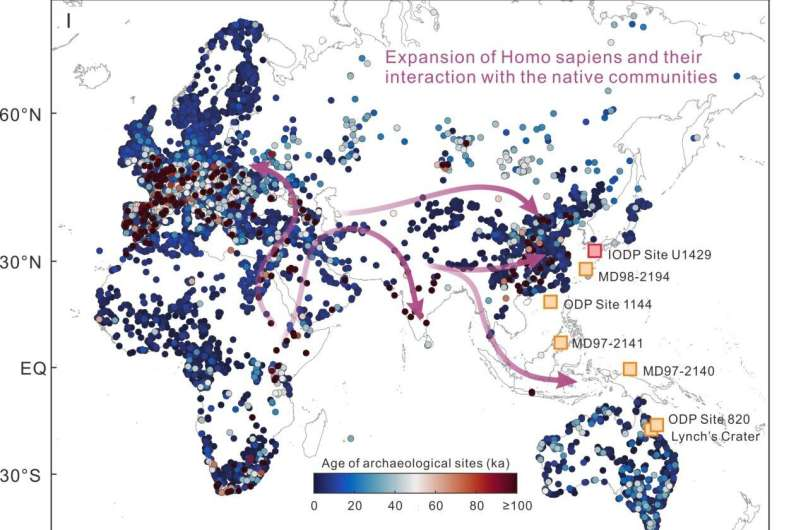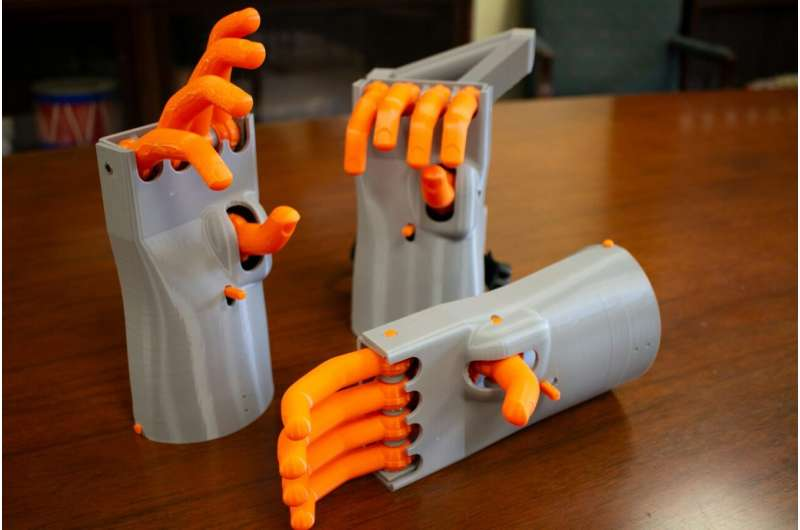A remarkable archaeological discovery has emerged from the rugged terrain of the Andes, as two anthropology professors from the University of Wyoming unveil the secrets of a prehistoric plaza nestled high in the mountains. Known as the Callacpuma stone plaza, this ancient site offers a window into the distant past, revealing insights into the lives of nomadic groups who roamed the region nearly 5,000 years ago.
Located within the Callacpuma archaeological site in the Cajamarca Basin of northern Peru, this stone plaza stands as a testament to ancient ingenuity. Constructed with large megalithic stones arranged vertically—an unprecedented technique in the Andes—the plaza served as a ceremonial hub where offerings were made to forgotten deities, all at an elevation surpassing 3,000 meters above sea level.
The project's leaders, Associate Professor Jason Toohey and Professor Melissa Murphy, have spearheaded research efforts since the project's inception in 2015, with excavations commencing in 2018. Their findings, detailed in a publication in the journal Science Advances, shed new light on the origins of this enigmatic structure.
Radiocarbon dating places the construction of the plaza around 4,750 years ago, during the Late Preceramic Period, positioning it as one of the earliest examples of monumental architecture in the Americas. Comprising two concentric circles, each measuring 18 meters in diameter, the plaza served as a focal point for social and ceremonial activities during a pivotal period of transition in South America.
Remarkably, the plaza predates iconic landmarks such as the Great Pyramids of Egypt and Stonehenge, underscoring its significance in the annals of ancient architecture. Its construction coincided with the emergence of trade networks linking coastal fishing communities with inland agricultural societies, marking a transformative era in Andean history.
Archaeological excavations have revealed a trove of artifacts, including lapis lazuli gems, quartz crystals, and ceramic vessels, attesting to the site's enduring importance over millennia. Evidence suggests that the plaza remained in use until the Layzón period (500–200 BC), when it was ceremoniously sealed, signaling a shift in belief systems among semi-nomadic peoples.
Led by Toohey and Patricia Chirinos Ogata from the University of California-Santa Barbara, the research team collaborates closely with local communities to preserve and interpret the cultural heritage of the Callacpuma site. Through ongoing scientific investigations and community outreach efforts, the team strives to unlock the mysteries of Peru's ancient past while fostering appreciation for its rich cultural legacy.







